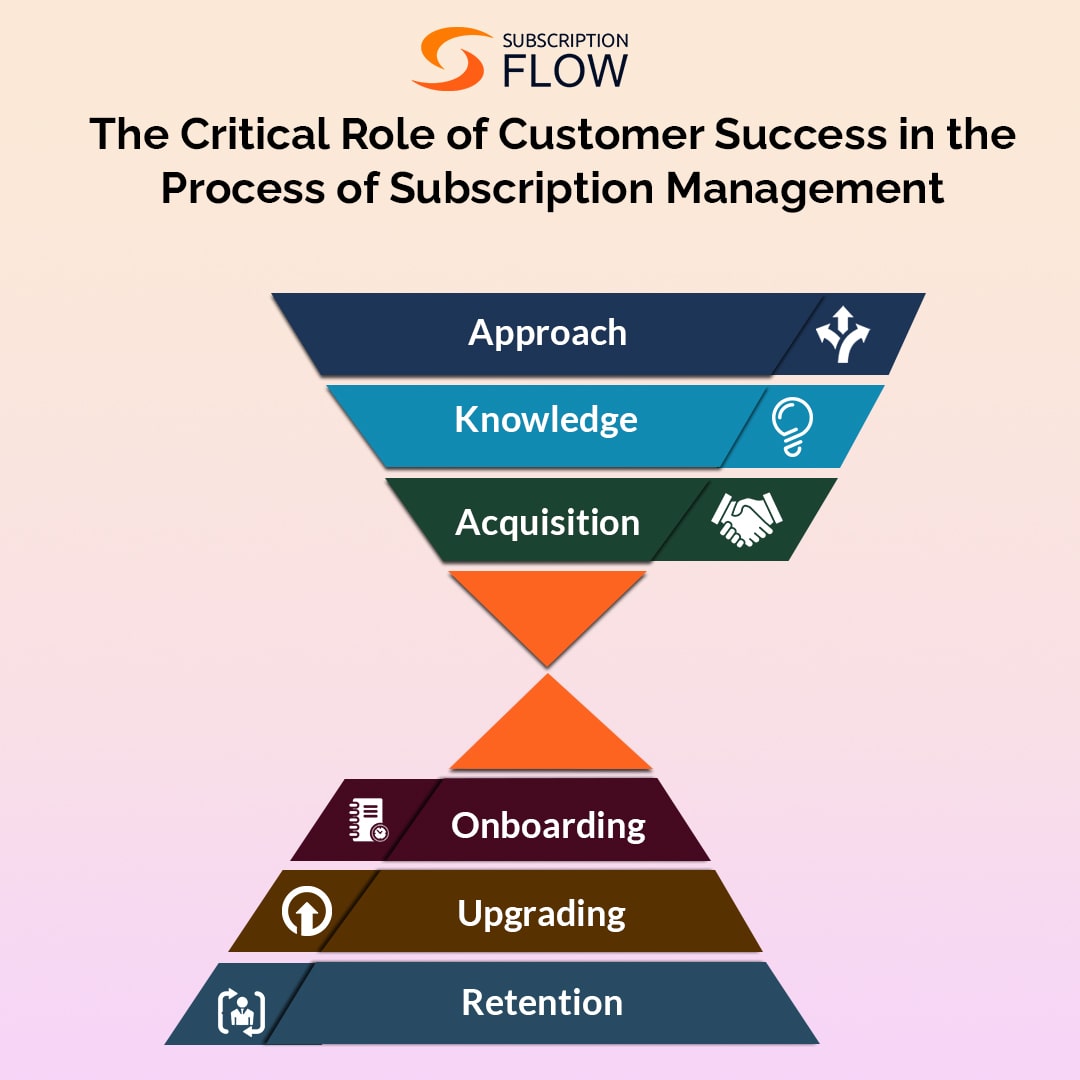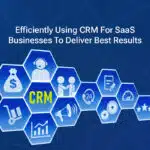
How To Manage The SalesOps And RevOps Of A Subscription Business
Like any other business, the importance of Sales Operations (SalesOps) and Revenue Operations (RevOps) is evident in the subscription business. The difference that you will see in the objectives and goals of RevOps and SalesOps in the subscription business market is because of the recurring billing business model. Here the focus remains on recurring sales and recurring revenue rather than one-time sales and a fixed profit. Moreover, many subscription businesses have diverse revenue streams that urge you to deal with RevOps tactically.
To perform RevOps and SalesOps in the subscription business, it is important to study their basic idea so that you would be able to see the fine line between these two.
Also Read: Your Definitive Guide on RevOps and How You Can Use Them for Your SaaS Business
What Are Sales Operations?
The ultimate goal of sales operations remains to sell more to maintain the flow of the revenue stream. The sales force of any subscription business is responsible to perform sales operations that usually include planning of discounts and incentives, price improvisation, managing customer sales data, analytics & reporting, lead conversion, and forecasting the price. The point that you need to notice is that sales operations are completely focused on the sales process.
What Are Revenue Operations?
The scope of revenue operations is wider than sales operations. They cover various subscription business functions that have to perform harmoniously to finally bring in more revenue. Revenue operations are focused on customer satisfaction, customer retention, sales, marketing, and customer success. In one way or another, the RevOps and SalesOps are interlinked and share similar goals.
As a subscription-based business, you need to work on Salesops as well as RevOps. They focus on different metrics but the performance of one metric affects the other metrics as well. Thereby, when you plan to manage RevOps and SalesOps, you need a holistic approach.
SalesOps Management
If you succeed in streamlining sales operations, you can maximise the performance of your sales team. And following are the ways to manage your recurring sales operations:
Sales Data Management
One of the secrets to the success of subscription businesses is the effective management of the sales data. It is one of the roles of SalesOps. Whether you have launched a new SaaS product or improvised the existing one, sales data management and monitoring can help you see if it was a success or not. You can decide the right time to launch any product or service if you manage the data properly.
If sales data shows that the existing plan is not working, then you can revise your plan. Other than your sales data, SalesOps include the study of competitors data. Subscription management software that you use has artificial intelligence algorithms to help you study huge datasets.
Sales Predictions
Based on the data analysis of the sales datasets, you can make certain predictions regarding sales. Sometimes deciding the price for the unit of the SaaS product or services become a bottleneck for sales experts. However, analysis of sales data can help in overcoming such challenges and deciding the right price. Sales forecasting is also important for the budget of your subscription business.
With an in-depth study of sales data, you can improvise price, target a new customer base, increase customer retention, and improve various KPIs’ performance.
Also Read: Overpricing Can Turn the Subscription Business Upside Down—Get Your SaaS Pricing Right!
Lead Generation & Lead Conversion
The process of generating potential leads and converting them to customers is also a part of SalesOps. What you need is to manage your leads. It is a very important SalesOps role that helps you increase the size of your customer base. You also need to develop buyer personas because they can help you understand what customers want from you. Once you know the customer demand, you can hit the target of achieving a certain leads conversion rate.
Buyer personas also orient the marketing campaigns that ultimately brings you the traffic that converts to be your loyal customer.
Sales Team Communication
SalesOps enable you to maintain coordination in the sales team. For instance, you share the sales targets and sales wins with the team to keep them motivated. You can integrate your recurring billing management software with a CRM to run your business efficiently. The sales operations team can also help maximise the performance of the sales team.
For instance, if the SalesOps team finds some sales rep is good at representing some specific customer, it would suggest using that representative at the place where he can perform the best.
Sales Strategy
The analysis of the sales data enables sales teams to formulate sales strategies. The strategies will include future targets and goals. A perfect sales strategy can play role in shortening the sales cycle and increasing the sales wins.
Also Read: From Robust Reporting to Increased Efficiency—The Benefits of Automated Recurring Revenue Management
RevOps Management
Now that you know the essentials to focus on for the SalesOps, it is time to know some factors that can help you manage your revenue operations.
Customer Success
Customer success simply defines if your customer is actually getting what he wanted or not. Today, customer success has become one of the most important pillars of the subscription business market. Retailers do not want to lose subscribers and to retain subscribers, they have to satisfy the customers. And customer satisfaction increases the customer retention rate which ultimately maintains the flow of recurring revenue streams.
Marketing Campaign
As it has been mentioned, the revenue operations are different from sales operations in the sense that revenue operations are more inclusive. Effective marketing is an important part of revenue operations because if a product or service is not marketed to the right community of customers, then you cannot expect to get potential leads. Targeted marketing campaigns are part of RevOps.
Customer Retention
Retaining the existing customers has a huge role in maintaining the flow of revenue. It is an accepted fact that customer acquisition is more difficult than customer retention. Customer retention can save time and money rather than customer acquisition. An increase in customer retention rate will offer a domino effect for other revenue operations.
In Conclusions
Sales operations aim to sell more and revenue operations target to improve the revenue growth. People sometimes ask whether their business needs RevOps or SalesOps. By now, you would have understood that a subscription business needs both revenue operations and sales operations. The concept of RevOps is comparatively new for the subscription business community, but the way it is helping the companies to achieve their revenue targets is commendable. Now, more businesses are attracted towards sales operations and revenue operations.
If you are monitoring the feasibility to make your RevOps and SalesOps teams improve the sales and revenue of your subscription business, then discuss with the SubscriptionFlow team of experts.










